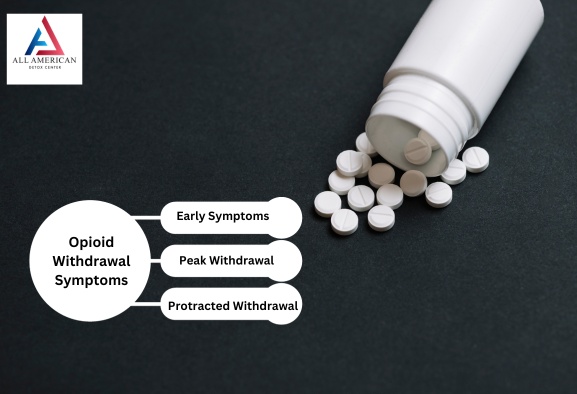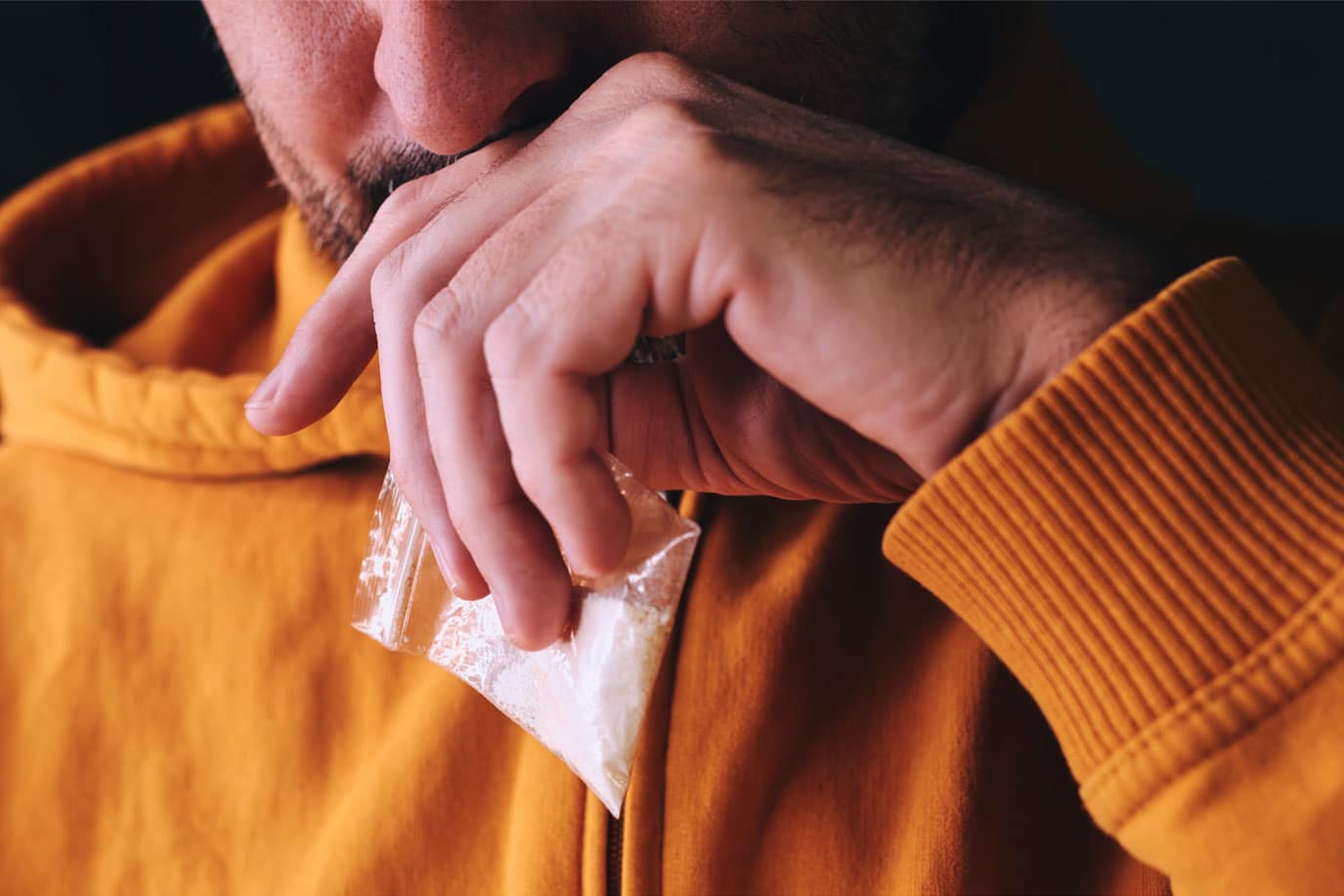In recent years, the impact of opioid addiction has become a growing concern in public health discussions. As we delve into the intricate details of opioid use and its repercussions, one critical aspect that demands attention is the Opioid Withdrawal Timeline.
Understanding this timeline is crucial for individuals grappling with opioid dependency and those seeking to support them on their journey to recovery.
Unveiling the Effects of Opioids
Opioids, a class of drugs that includes prescription painkillers and heroin, are known for their powerful pain-relieving properties. However, their use comes at a cost. Prolonged opioid consumption can lead to physical dependence and many more.
Analgesia and Sedation:
At the core of opioid effects lies their unparalleled ability to alleviate pain. Opioids bind to specific receptors in the brain and spinal cord, dampening the perception of pain. This analgesic property, while invaluable for pain management, also brings forth a soothing effect, inducing a state of relaxation.
Respiratory Depression:
A critical concern associated with opioid use is the potential for respiratory depression. Opioids can suppress the respiratory drive, leading to slowed breathing. This aspect necessitates cautious prescribing and vigilant monitoring, particularly in individuals with respiratory conditions.
Gastrointestinal Effects:
Opioids intricately influence the gastrointestinal system, often causing constipation. The impact on gut motility is a well-documented side effect, requiring proactive measures to manage and alleviate this common concern among opioid users.
Euphoria and Emotional Regulation:
Beyond their physical impact, opioids exert a profound influence on the emotional landscape. The euphoria induced by opioids contributes to their abuse potential. Moreover, these substances can affect emotional regulation, potentially leading to mood swings and altered affect.
Increased Tolerance and Dose Escalation:
The phenomenon of tolerance, wherein the body adapts to the presence of opioids, often necessitates dose escalation to maintain the desired effects. This pattern can contribute to a cycle of increasing doses, raising concerns about the potential for misuse and overdose.
Impact on Productivity and Functionality:
In a societal context, the effects of opioids extend beyond individual health to encompass broader implications. Chronic opioid use can impact an individual’s ability to function optimally, posing challenges to productivity and overall well-being.
Opioid Withdrawal Timeline
Intensifying Waves: The First 72 Hours
The following 72 hours mark a critical phase, where withdrawal symptoms intensify. Unpleasant physical sensations such as muscle aches, nausea, and insomnia may peak during this period. Individuals and their support systems must brace themselves for these challenges.
Navigating the Peaks: Days 4 to 7
Days 4 to 7 of the Opioid Withdrawal Timeline present a mix of physical and emotional challenges. While physical symptoms gradually subside, psychological aspects, including mood swings and cravings, often take center stage. It’s during this phase that a robust support network becomes instrumental in aiding the individual’s resilience.
The Turning Point: Week 2 and Beyond
Entering the second week, a discernible shift occurs as the body gradually adjusts to the absence of opioids. Physical symptoms diminish, and the focus shifts towards managing lingering psychological effects. Establishing a routine and engaging in therapeutic activities can significantly contribute to a smoother transition.
Opioid Withdrawal Symptoms

Understanding the intricacies of Opioid Withdrawal Symptoms is paramount for anyone navigating the path to recovery or supporting a loved one through the process.
Early Symptoms:
In the initial stages of withdrawal, individuals may experience symptoms such as anxiety, restlessness, and excessive sweating. These early indicators often serve as a precursor to more intense manifestations.
Peak Withdrawal:
The peak of withdrawal is characterized by more severe symptoms, including nausea, vomiting, muscle aches, and insomnia. The body, accustomed to the presence of opioids, reacts strongly during this phase, intensifying the struggle for those attempting to break free from the grips of addiction.
Protracted Withdrawal:
Even after the acute withdrawal phase, some individuals may encounter lingering symptoms, known as protracted withdrawal. These can include mood swings, difficulty concentrating, and persistent cravings, underscoring the importance of ongoing support and coping strategies.
Opioid Withdrawal Journey At All-American Detox
Holistic Approach to Recovery
At All American Detox, we understand that the journey to overcome opioid addiction is multifaceted. Our holistic approach combines medical expertise, therapeutic interventions, and compassionate care to address both the physical and psychological dimensions of withdrawal.
Personalized Detoxification Protocols
Recognizing the individuality of each guest, our detoxification protocols are tailored to meet specific needs. Our experienced medical professionals ensure a safe and comfortable withdrawal process, minimizing the impact of physical symptoms.
Empowering Through Education
Knowledge is a powerful tool in the recovery arsenal. All American Detox prioritizes education, empowering guests with insights into the Opioid Withdrawal Timeline and strategies for managing cravings. This knowledge equips individuals for the challenges ahead.
24/7 Supportive Environment
Withdrawal can be an overwhelming experience, and at All American Detox, no one faces it alone. Our dedicated staff provides round-the-clock support, fostering an environment where guests feel understood, cared for, and encouraged throughout their journey.
Celebrating Milestones and Victories
Every step forward is a triumph worth celebrating. At All American Detox, we acknowledge and celebrate milestones achieved during the Opioid Withdrawal Journey. These victories, whether big or small, inspire hope and motivate individuals to persevere.
Conclusion
The Opioid Withdrawal Timeline is a pivotal aspect of the journey to recovery from opioid addiction. Understanding the physical and psychological impact of opioids, along with the nuanced stages of withdrawal, is crucial for individuals and their support networks.
By providing accurate information and fostering a compassionate understanding of the challenges posed by opioid withdrawal, we aim to empower those on the path to recovery.







